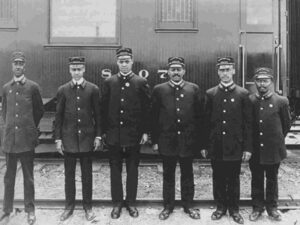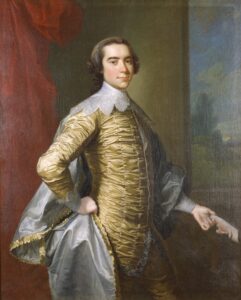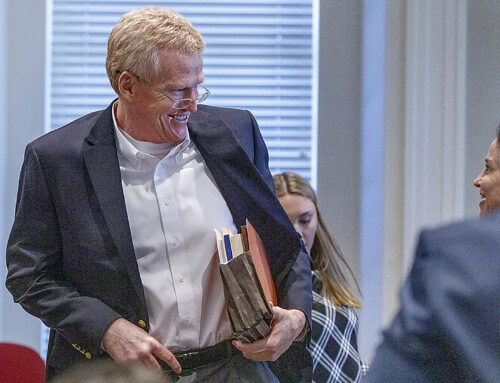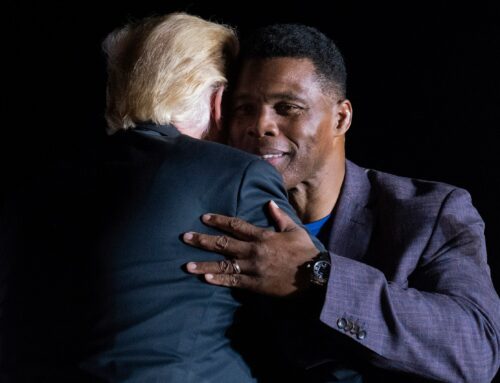Break out the grill it’s Labor Day. An official national holiday celebrated in the United States to honor the sacrifice and contributions of those who labor in the workplace. Traditionally, it is a day where many local government agencies and schools are closed. And what greater reason to break out the charcoal than a day off.
In the late 19th Century, which was at the height of the Industrial Revolution, most workers in workforce worked long hours. Most workers during that time labored an average 12 hours per day for seven days a week. And because pay was so low this gave them just barely enough to survive. It was not uncommon in many places to see children as young as 6 or 7 also working in the factories and mills. Granted most of them were poor people of color and migrants. Over the years labor unions began to grow more vocal and prominent in the manufacturing sector. These unions begin to hold strikes and protest about the working conditions to which they were being subjected, while being underpaid.
By 1886 these worker movements reached a turning point in Chicago when protesters launched a bomb at the police during a protest rally. As a result, several workers were killed leading to a spread of unrest in other cities. The largest being in New York city, naturally, where some 10,000 workers led a march to City Hall calling it a Labor Day parade for working people. In response several states began to pass legislation recognizing the first Monday in September as a day to honor working class Americans.
But it was the organization and mobilization of the Pullman Porters in 1894 in Chicago that moved Congress to act. There are those who credit Peter J. McGuire, founder of the American Federation of Labor and Matthew Maguire, secretary of the Central Labor Union as main voices that motivated President Grover Cleveland to sign the holiday into law in June of 1894.

Pullman Porters in Chicago
But we should not so easily rush past the role of the Pullman Palace Car Company and its leadership. Their strike to promote the rights and futures of African American workers was most critical to the celebration we have today.
As railroads expanded their reach across the American landscape, entrepreneur and businessman George M. Pullman saw an opening to create job opportunities for blacks. And in 1859 he did just that. He hired literally thousands of African American men, of whom, many were former slaves. Pullman contended that blacks, especially former slaves would have a better familiarity with how best to cater to wealthy white travelers. Historian Larry Tye, wrote that “he was looking for the people who had been trained to be the perfect servant.”
They did their jobs well and maintained a sense of dignity in their work. In their communities they were well respected and looked upon as successes. They modeled what it meant to be appropriate in your public appearance and as a result of their extensive travel, soon developed a unique flair for the “gift of gab.” Soon they were being recruited to work in some of the most elegant hotels and restaurants. Even the White House sought after such men to work on the official premises. But no matter how successful and decent humans they were for many of their white counterparts they were nothing more than the “help.” But they were so much more. And it was their decision to go on strike in 1894, bringing the railroad to a halt, much like the Montgomery Bus Boycott would do years later that I’m convinced moved the Presidents pen.
And so, on this national holiday day, September 5, 2022 I will give honor and reflect on the sacrifice of black and white men who stood up for worker’s rights. Oh yeah, I meant to say white men. While I lift up the Pullman Porters, I would be extremely negligent to overlook the courageous and selfless efforts of the colonial aristocrat, Robert Carter, III. Not many of us will recognize his name or his story, but for me his name and this date are what Labor Day should remind us. Carter a very close friend of Thomas Jefferson and George Washington did the unthinkable for a white man in his day, all in support of worker’s rights. By every possible definition he was an elite. And not just any elite, but was the Bill Gates of his day. Professor Obery Hendricks, in his book The Politics of Jesus, wrote that “he was the richest of them all and held more slaves than Washington and Jefferson combined.” (Hold on it gets better) Carter owned a textile manufacturing company in addition to having over twenty cash crop producing plantations along with several other businesses. Interestingly, he also owned one-fifth of the shares in Baltimore Iron Works. And he also had over five hundred slaves. That’s 5 0 0!!!!
Carter owned a textile manufacturing company in addition to having over twenty cash crop producing plantations along with several other businesses. Interestingly, he also owned one-fifth of the shares in Baltimore Iron Works. And he also had over five hundred slaves. That’s 5 0 0!!!!
Okay, here’s where it gets better. At the almost the age of 50 years old Carter got very sick and found Jesus. Yes, after recovering and I want to suggest (this is not proven) having awaken to the prayers and love of those black men and women who cared for him during his near-death experience he had a conversion. Somebody prayed over him! Historian Andrew Levy observes that Carters conversion was very serious. He publicly described his new found faith to all of his friends. But he didn’t just talk it, he walked it. More and more in public settings he began to openly defend slaves from the torture of discipline by their slaveowners. Hendricks also writes that “he scandalously requested the return of a slave’s property based on the testimony of the slave alone.” In his request it’s noted that he said, “I am informed that an Iron pot in the house of negroe George….was taken & carried into your house, yesterday.”
He joined the Baptist faith community and intentionally worshiped with black people. Carter espoused the good news to everyone he encountered that God viewed all humans as equal. He repeatedly shared that there was no difference in people because of skin color. But once again, he didn’t just talk it….he walked it. But that’s not why I lift this brother up on today, although that would be enough. I lift him and hope you will share his story because of what he did for the LABOR MOVEMENT on this day (September 5th) in 1791. It was on that day 231 years ago that this wealthy white man, a friend of those very men who wrote the words, that “we are all created equal” in their most revered document. Yes, this white man on that day put his faith in action. Robert Carter, III on that day freely gave a “Deed of Gift” to over 500 men, women and children that he held as slaves. This act and this document made them free people. Free from the torment of forced labor that came with being overworked and grossly underpaid. He literally gave them the day off.
As a preacher of the Gospel I’m always drawn to stories of courageous faith in public spaces. I’m convinced that America suffers because too many, well-meaning folk are afraid of suffering. But as I tell my students if you See Something and you choose to Say Something then you should be prepared to Suffer Something. That’s what Jesus did. So Hendricks, goes on to share the Carter did what Jesus would have done. He went the extra mile. Not only were they granted their freedom papers, but he also provided housing during the transition and financial support. He even gave them homes that were “built for whites” and arranged for them to grow and farm their own land. In some cases, he literally evicted white tenants. He later moved to my beloved Baltimore where he died in 1804. Today I’m breaking out the grill in honor of the George M. Pullman, Pullman Porters and Robert Carter, III as great Americans. (In the words of Biggie….If you don’t knowwww, Now you know!!!!)






